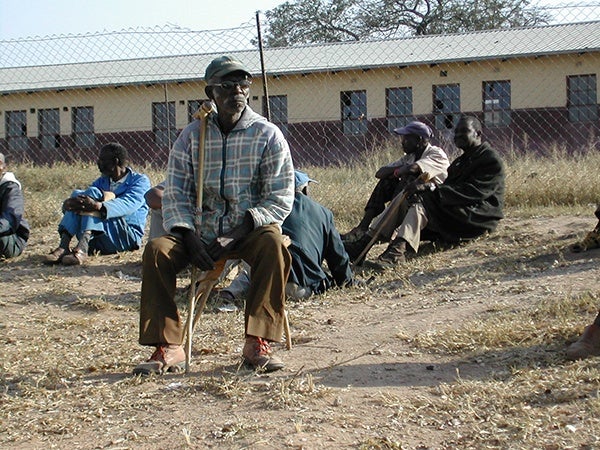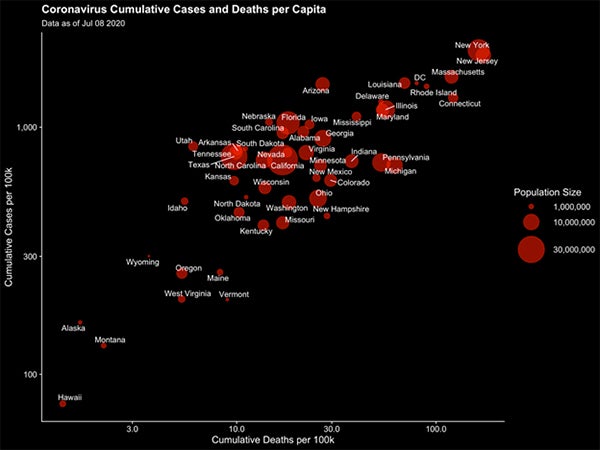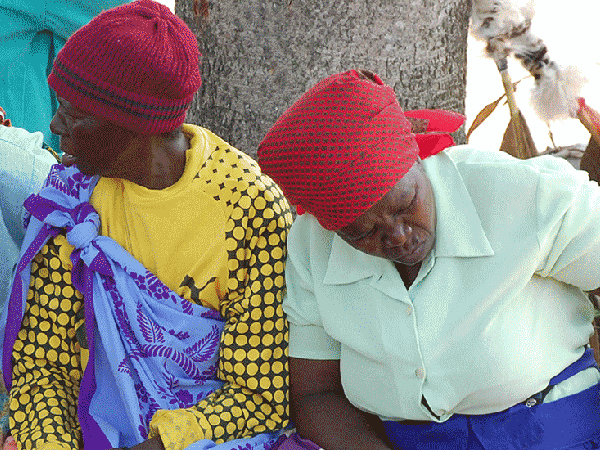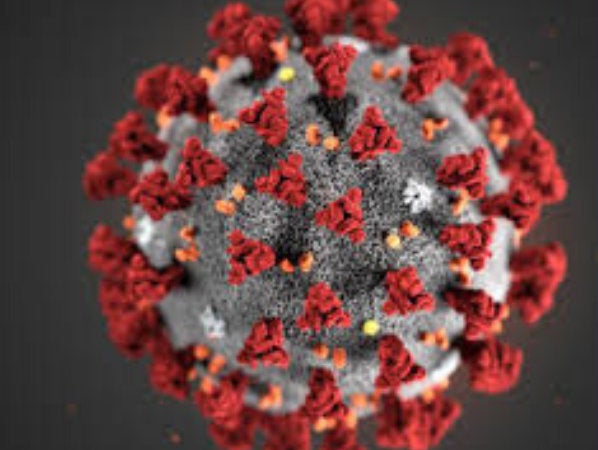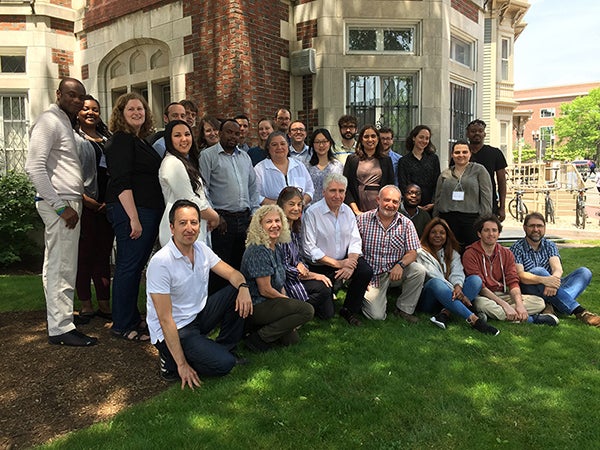While theories about the connection between strong social supports and better cognitive health among an aging population are well established in higher resource settings (high income, high education levels), less is known about whether this same pattern exists in lower resource settings. Researchers affiliated with Health and Aging in Africa: a Longitudinal Study of an INDEPTH community in South Africa (HAALSI) have published findings that suggest that a similar pattern…
Narrowing in on disparities in life expectancy across the U.S. with help of census-tract level data
A study published in PNAS is the first to look at life-expectancy data at the local, state, and county levels across the U.S. Findings reveal significant disparities at the micro level (census-tract) suggesting that analyzing life expectancy data at the typical state and county levels may not be local enough to get an accurate picture of life expectancy inequalities. “There is a need for greater precision and targeting of local…
Novel animated graphic illustrates lag time between COVID-19 cases and deaths in United States
A Harvard Pop Center working paper presents state-level data on COVID-19 cases and deaths (spanning from January 22 until July 8, 2020) in one animated graphic that helps to illustrate the lag time between cases and deaths. The visualization helps to show the relationship between the two metrics, and could be useful to set expectations following a surge (or decrease) in cases.
The power of policy; what happens when sweetened beverages are taxed & school meals are legislated to be more nutritious?
A review of two implemented policies—an excise tax of 1.81 cents/ounce on sweetened beverages in Philadelphia, and the Healthy, Hunger-Free Kids Act of 2010—shows that both policies had a positive impact on health and health behaviors. Authors of the studies include Harvard Pop Center faculty affiliates Sara Bleich and Steven Gortmaker, and former post-doctoral fellow Christina Roberto. Learn more in this EurekaAlert release.
Novel approach to help predict and diagnose diseases tracks electronic health records over time using machine learning
Harvard Pop Center faculty member Hossein Estiri, PhD, is an author on a study published in Cell Patterns that is receiving attention in the media for its sequential approach to mining meaningful (as it relates to predicting and diagnosing diseases) patient information from complex electronic health records. “In this paper, we propose an algorithm for exploiting the temporal information in the EHRs that is distorted by layers of administrative and…
David Cutler: “The economy will not regain its footing until the health crisis is addressed”
David Culter, PhD, has written a Commentary in the JAMA Forum that explains why the health care field may not weather a COVID-19 recession as well as it has survived previous economic crises. He also cautions that the economy in general will be impacted if people are hesitant to be exposed to risk, regardless of what restrictions may or may not be in place.
HAALSI study takes closer look at HIV incidence among older adults in South Africa
While there is much data on the levels of prevalence of HIV among older South Africans, less is known about the risks of older people acquiring HIV. Research from the Health and Aging in Africa: A Longitudinal Study of an INDEPTH Community in South Africa (HAALSI) project published in JAIDS finds that there is some risk of acquiring HIV over the age of 50, especially for women.
Age reveals clearer picture of COVID-19 mortality inequities across racial and ethnic groups
A Harvard Pop Center working paper by Mary Bassett, MD, MPH, Jarvis Chen, ScD, and Nancy Krieger, PhD, exposes the “magnitude of mortality inequities” across multiple racial and ethnic groups by analyzing age-specific mortality rates. While COVID-19 mortality rates were higher for racial and ethnic minorities at all ages, the rate for those ages 25-54 was 7-9 times higher when compared to the non-Hispanic white population. According to the authors,…
In India, women face higher risk of death from COVID-19 than men
The findings of a study published in the Journal of Global Health Science show that women In India , particularly in certain age groups, do not have the biological advantage over men of fighting off COVID-19. The authors suggest that social determinants of health, such as access to healthcare, and health and nutritional status, could be undermining the female advantage witnessed in many other countries. Authors on the study include…
Continue reading “In India, women face higher risk of death from COVID-19 than men”
Weight improvement associated with ART use not linked to increased risk of disability among older South Africans
A team of researchers on the “Health and Aging in Africa: A Longitudinal Study of an INDEPTH Community in South Africa” (HAALSI) project have published their findings in the Journal of Aging and Health.
